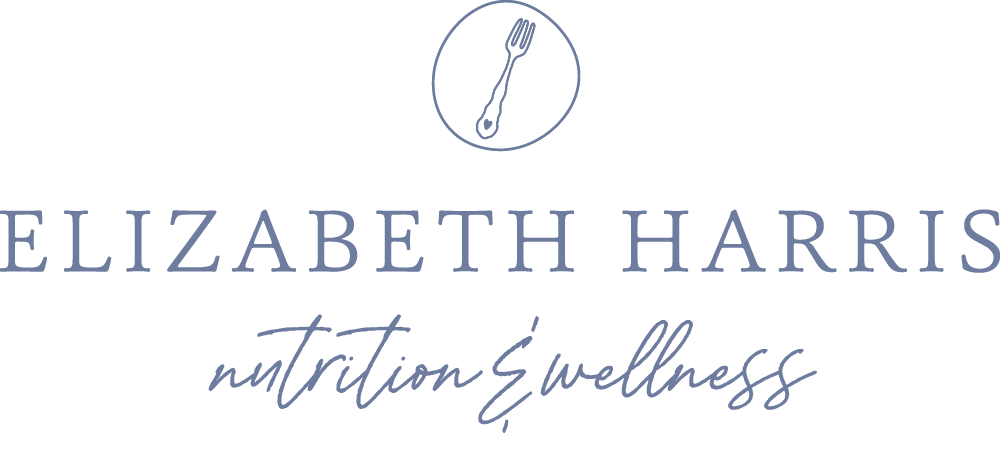A Colorful Twist On Your Next Meal Could Have Big Health Benefits
Fruits, vegetables, whole grains, nuts, herbs, seeds and other plant foods get their distinct colors from pigments that contain compounds known as phytochemicals. Phytochemicals occur naturally in plants to help ward off diseases and pests. Thousands of different ones have been identified by researchers thus far. Notably, these same phytochemicals that protect the plants have many critical health benefits for people as well—and these advantages are above and beyond the actual nutrients. So, while it’s not something that most people think much about, focusing on eating a variety of colors at each meal can help prevent disease and improve health.
Scientists and nutrition experts tend to classify phytochemicals and their associated health benefits according to the color groupings found in the rainbow. For example, foods with blue or purple pigments contain phytochemicals called anthocyanins. Anthocyanins have been shown to reduce neuroinflammation and slow the effects of aging in the brain, potentially improving cognitive function. They are also important for heart health and can help prevent blood clots and support healthy blood pressure.Plus—if you’re not already reaching for a bowl of blueberries, a plum, or the nearest eggplant—take note that anthocyanins are also rich in antioxidants, making them powerful anti-cancer agents.
Dark green vegetables such as many leafy greens and broccoli are not only excellent sources of vitamin K, potassium, folic acid and other vitamins and minerals but they contain important phytochemicals too, including indoles and other glucosinolates. These compounds can trigger your liver to produce specific enzymes that aid in removing carcinogens from the body and may play a special role in helping to prevent colon or breast cancer. Catechins are another group of phytochemicals found in green tea that have been shown to help protect against several chronic diseases including cancer, diabetes, heart disease, and others.
In general, the darker the pigment, the higher the phytochemical content of the food. But varying shades of a particular color also signifies the presence of different phytochemicals. For example, the yellowish-green pigments found in foods such as honeydew melon, kiwi, or avocados contain a carotenoid called lutein, as do eggs and pistachios. The macula of the eye contains lutein receptors that help filter out blue light from digital devices and other sources as well as UV rays from the sun. The lutein we eat in foods gets incorporated into the macula and helps protect against macular degeneration.
Beta carotene, another well-known carotenoid, is found primarily in orange-hued fruits and vegetables. Beta carotene gets converted to vitamin A in our bodies and is important for immune function, healthy skin, and eye health, among others. Lycopene, a carotenoid found in red fruits and vegetables such as watermelon, tomatoes, strawberries, and red peppers, can reduce the risk of prostate cancer and support healthy breast tissue. Carotenoids may also help promote cardiovascular health, although further research into this area is needed.
When thinking about adding color to your diet there are a few key points to keep in mind. First, while we’ve reviewed the benefits of a few prominent phytochemicals here, we’ve barely scratched the surface. There are a wide variety and numerous combinations of phytochemicals in whole foods that work together synergistically to support health. Thus, the best way to get the full benefits is to eat a wide combination of whole foods in a multitude of shades each day.
Keep mind that there are other advantages to loading up on colorful fruits and vegetables as well. You’ll increase your fiber intake, which is good for digestive and colon health and helps play a role in healthy weight management. Your body has to work harder to digest fiber, which helps keep you feeling fuller for longer periods of time. This means you’ll not only be filling up on low-calorie, nutrient dense foods but you’ll be less likely to snack as often too.
So, remember to incorporate lots of natural color when you’re choosing your next meal or snack. And make it fun! Challenge yourself to ‘eat the rainbow’ every day…see how many different colors you can eat at each meal…try to purchase one new fruit, vegetable, or other whole food you’ve never tried on each shopping trip…ask yourself if you’ve got a variety of different shades and colors in your cart…or try a new cooking method for a familiar fruit or vegetable for a surprising flavor twist.
